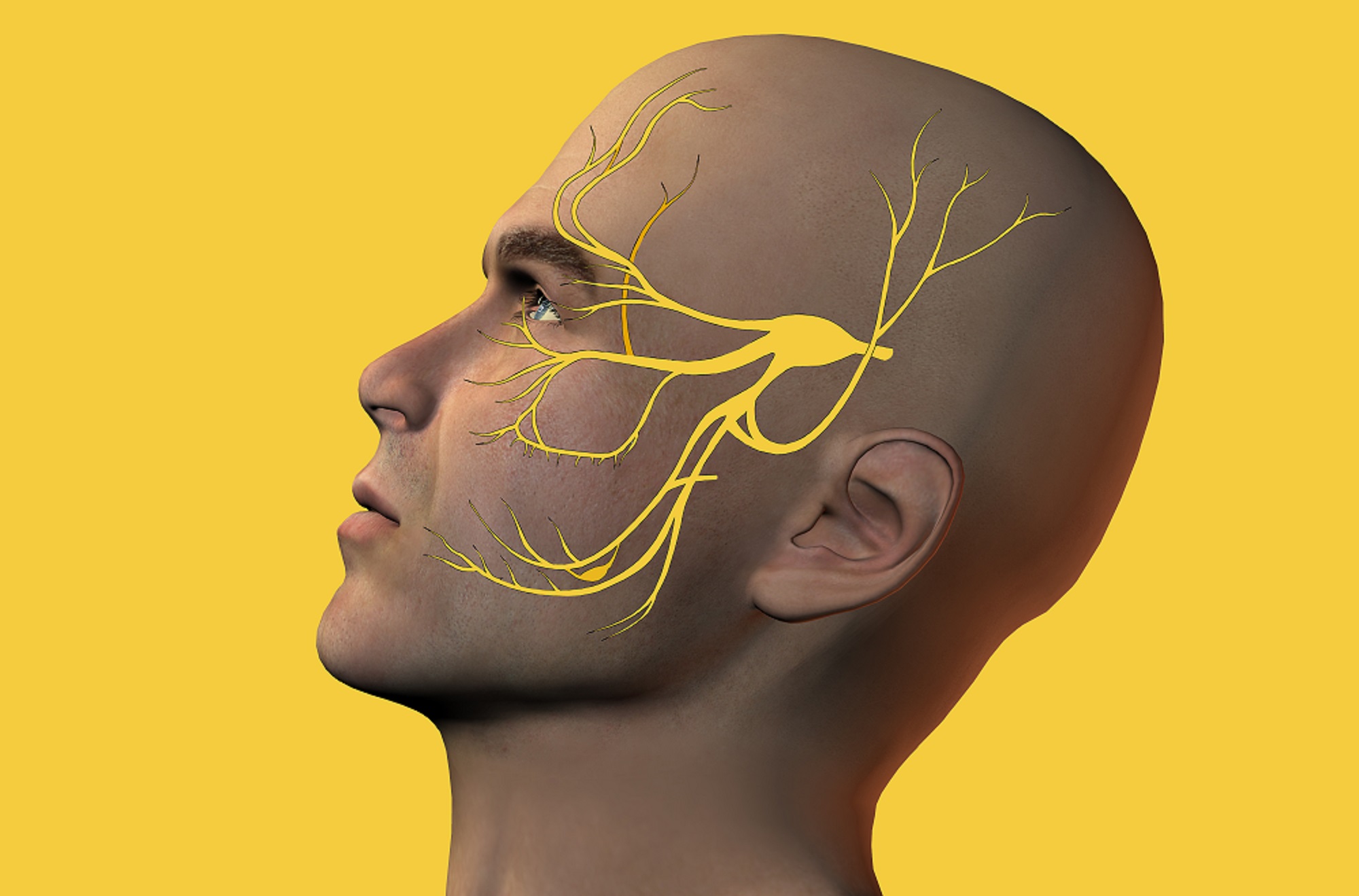
Patients with cluster headache (CH), migraine, and tension-type headache (TTH) differ from each other in regard to sensory function in the trigeminocervical region, ear, and cervical spine, as assessed by quantitative sensory testing (QST), a study in Neurological Sciences suggests.
The study included 16 patients with CH, 52 patients with migraine, 71 patients with TTH, and 30 asymptomatic healthy controls. Participants underwent QST to measure mechanical sensory function in 3 divisions of the trigeminal nerve (forehead [V1], cheek [V2], and jaw [V3]), cranium on the parietal bone, upper trapezius muscle, articular pillar of C2 to C3, suboccipital muscles, and thenar eminence. The types of QST included pressure pain threshold (PPT), tactile detection threshold (TDT), prick detection threshold (PDT), and two-point detection threshold (2PDT).
Patients with TTH had significantly lower PPT values in V1, V2, cranium, upper trapezius muscle, C2 to C3 facet joint, suboccipital muscles, and thenar eminence vs patients with CH (P <.015), migraine (P <.048), and healthy controls (P <.009). Patients with migraine had significantly lower PPT values vs healthy controls in V2 (P <.001), upper trapezius muscle (P =.023), C2 to C3 facet joint (P =.003), and suboccipital muscles (P =.003).
In addition, patients with CH in the symptomatic side had higher values of TDT in V1 vs patients with migraine (P =.001), TTH (P <.001), and healthy controls (P <.001) as well as in V2 vs patients with TTH (P =.035). Patients with CH-s had higher 2PDT values in V1 compared with healthy controls (P =.016) but lower values of 2PDT in V2 compared with patients with migraine (P <.001) and TTH (P =.003).
Limitations of the study included the inherent self-reported nature of headache diagnoses, the retrospective nature of the data collection, as well as the small sample sizes in each cohort.
The investigators concluded that their findings can help “better understand the pathophysiology of different headache subgroups and could be useful in order to predict poor prognosis and to prevent it.”
Reference
Malo-Urriés M, Estébanez-de-Miguel E, Bueno-Gracia E, et al. Sensory function in headache: a comparative study among patients with cluster headache, migraine, tension-type headache, and asymptomatic subjects [published online April 13, 2020]. Neurol Sci. doi: 10.1007/s10072-020-04384-8
